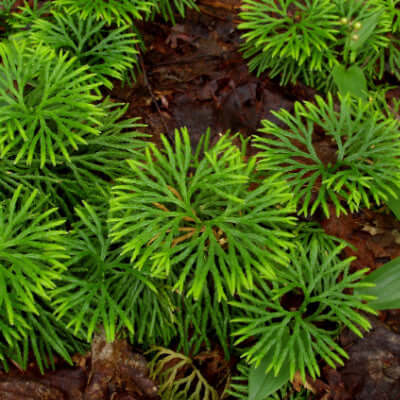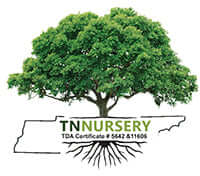
Fan Clubmoss the Beautiful Ground Cover
Share
A fan clubmoss is a fern-like plant that grows in clumps and has long, narrow leaves. It produces spores on the underside of its stem, which are released into the air during rainstorms or when animals or people disturb them. The spores then germinate and grow into new plants.How Do You Take Care Of Fan Clubmoss?Fan clubmoss trees do not require much maintenance beyond watering them every few days during summer and less frequently during cooler weather.How Much Sunlight Can A Fan Clubmoss Take?Fan clubmoss trees can tolerate partial shade but do best in full sun if they have adequate moisture and protection from strong winds and dry spells. Plant them in a shady rock garden or along a stream bank to give them the ideal growing conditions.Do Fan Clubmoss Trees Back Up Every Year?Yes, fan clubmoss trees back up yearly unless you cut them down and start over again each spring after the blooming season ends.What Does A Fan Club moss Tree Look Like?Fan clubmoss trees are ferns that grow on the ground and look like small bushes. They have thin leaves and grow in clumps. The leaves are delicate and thin, and stalks, called rachises, can grow up to 1 foot long in height. The rachises have leaves that grow at their base, also known as pinnae (or pinnules). They usually have between 5-20 pinnae per rachis. There are about 200 species of fan clubmoss trees worldwide, all of which fall under the same family: Lycopodiaceae.
Where Do Fan Clubmoss Grow
Fan Clubmoss is native to North America and Asia. In North America, it can be found from Canada down to Florida and west to Texas. In Asia, fan clubmoss grows in China, Korea and Japan.What Are The Environments In Which Fan Clubmoss Trees Grow?Fan clubmoss prefers sandy soil and can survive in poor drainage or drought conditions. Fan clubmoss trees also grow well in acidic soil conditions.Is Fan Clubmoss Toxic?Fan clubmoss contains toxins called saponins that irritate the skin, mouth, and digestive tract when ingested by humans or pets who nibble on the plant or chew on the bark or stems of affected trees or shrubs.
How To Grow A Fan Clubmoss
To plant fan clubmoss, dig a hole three times wider than the root ball-this will ensure that roots are not damaged when planting. Place your fan clubmoss in the hole so that it sits at an angle. With its base at least 2 inches below soil level. Then fill in around the root ball with soil and water.How Do You Care For Fan Clubmoss?Fertilize fan clubmoss once every two weeks during the growing season with an all-purpose fertilizer that contains nitrogen, phosphorus, and potassium (NPK).How Did Fan Clubmoss Trees Get Their Name?The name for fan clubmoss trees comes from their appearance. The leaves of these trees look like moss, and their spores are produced in club-like branches.
Contact us now for more details.
